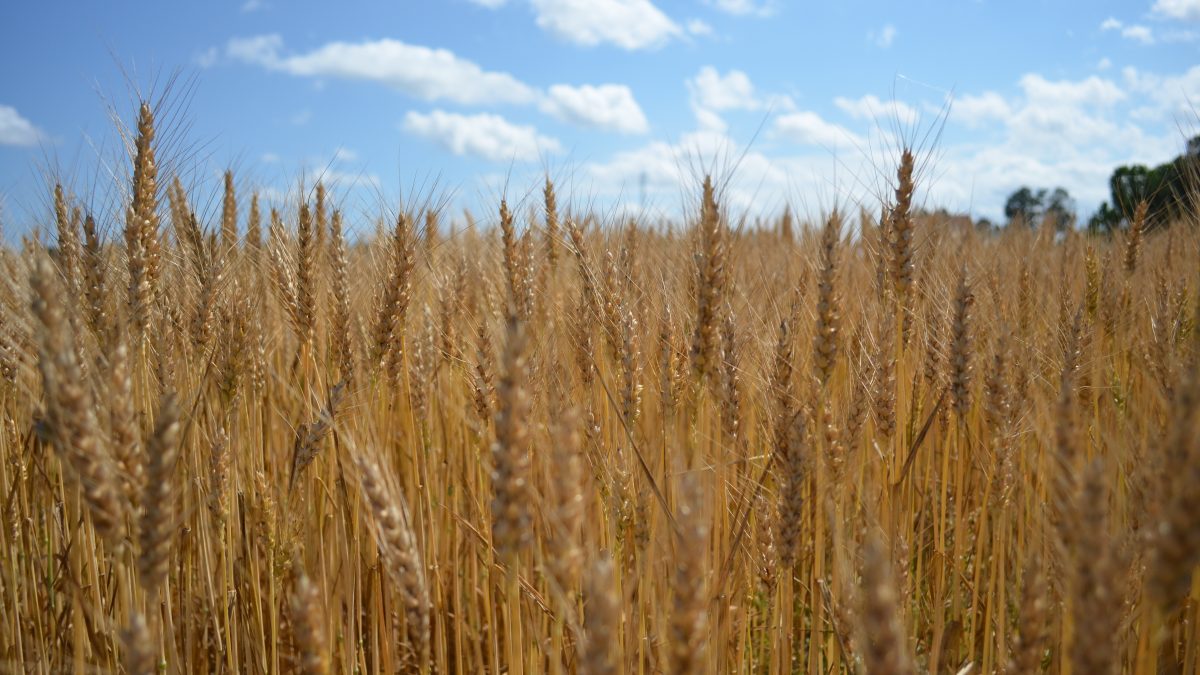Terrorism a Real Threat to U.S. Agriculture
Guest Author
Special Contributor to FB.org

photo credit: North Carolina Farm Bureau member Emily Adams Walton
Guest Author
Special Contributor to FB.org
Download a 60-second audio version of this column at Stewart Focus.
There are some things you should not read at bedtime. One of them is The Worldwide Threat Assessment by the U.S. Intelligence Community, an annual report of threats to the United States. In testimony before Congress, Director of National Intelligence James Clapper said, "In my 50 plus years in the intelligence business I cannot recall a more diverse array of crises and challenges than we face today."
Clapper warned that homegrown extremists are probably the most significant terrorist threat to the homeland this year. In other words, the U.S. faces attacks similar to last December 's in San Bernardino, California, that left 14 dead and 22 wounded.
The entire report is even more disturbing. In short, the United States and its assets around the world are facing a multiplicity of threats from terrorist organizations and states like North Korea. These enemies are busy devising new weapons and strategies. Hopefully, they will never get to use them, but make no mistake about it, no part of our country or sectors of the economy are off-limits to terrorists. This includes rural America and U.S. agriculture.
Former Georgia Sen. Saxby Chambliss received the Distinguished Service to Agriculture award from the American Farm Bureau Federation this year. In addition to his accomplishments in food and agriculture, he played an important role in homeland security and intelligence gathering. He does not assume terrorists will overlook U.S. food and agriculture.
"We have to make sure that America always has a safe supply of food as well as a safe supply of water. Those are somewhat easy targets for the terrorist community to look at," he says. "There is no question that food security is a very vital part of national security and a vital part of what we look at from a counter-terrorism standpoint in the intelligence community every day."
After 9/11, agro-terrorism became more of a concern. A white paper written in 2002 by University of Minnesota economics professor C. Ford Runge outlined threats to livestock and crops from biological weapons. Among top concerns were the introduction of foot-and-mouth disease in feedlots and the spread of deadly pathogens, like anthrax, on fruit and vegetables. Another threat was the contamination of corn and soybean oil to disrupt all downstream users and manufacturers of processed foods.
Runge concluded in 2002 that it would be hard for terrorists to do serious damage to the American food system because of its diffuse nature. It 's so big and spread out. However, it would still be possible for terrorists to cause widespread consumer panic, loss of trade and economic harm.
The current threat analysis raises greater concern for weapons of mass destruction, like ones that could be used against agricultural production and water supplies. The report says, "Research in genome editing conducted by countries with different regulatory or ethical standards than those of Western countries probably increases the risk of the creation of potentially harmful biological agents or products."
That is why Farm Bureau continues to support protecting our nation 's food, fiber and water supply and critical industrial agricultural materials, in addition to encouraging farmers and public agencies to recognize the importance of adopting biosecurity measures.
Stewart Truelsen, a food and agriculture freelance writer, is a regular contributor to the Focus on Agriculture series.
Trending Topics
VIEW ALL